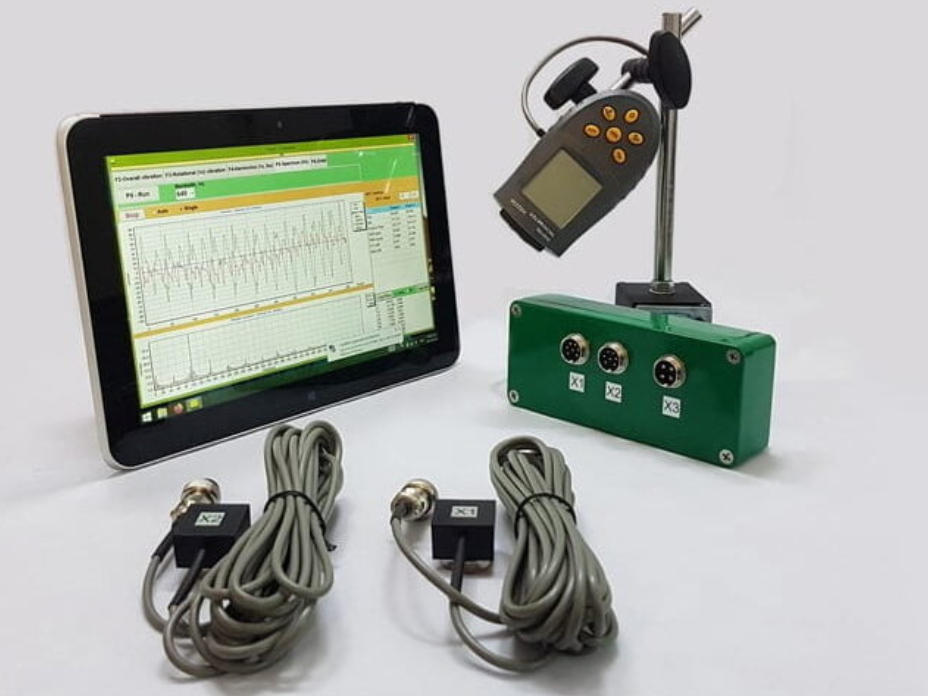The U.S. Metros Most Threatened by Mortgage Delinquencies

What happens when CARES Act mortgage forbearance ends?
Under the legislation, borrowers with FHA-backed loans had the option to suspend payments, though they will still have to pay the missed amount later. The deadline to request mortgage forbearance was extended to Sept. 30, 2021.
Of the FHA’s roughly 7.6 million loans outstanding in May, 14.7% were delinquent and 10.5% were seriously delinquent, according to an analysis by the American Enterprise Institute, a public policy think tank.
Nearly two-thirds of forbearance participants left forbearance by March 2021, but borrowers living in the lowest income areas were more likely to have entered forbearance and are more likely to stay in it, according to the New York Federal reserve.
Atlanta and Houston are the metros most at risk from FHA delinquency rates, according to AEI’s analysis. But elevated FHA delinquency rates threaten homeowners and neighborhoods in numerous other metro areas across the country.
As the forbearance periods end, borrowers may simply resume payments or modify loans, but many other borrowers could likely face foreclosure, AEI reports. With the seller’s market as it is, these distressed owners may be able to avoid foreclosure by selling for a high enough price to cover mortgage, expenses and arrears. But certain areas could face greater exposure to price declines due to increasing supply as borrowers either sell or lose their home to foreclosure, according to AEI’s analysis.
This list is based on AEI’s research of FHA mortgage delinquencies, and shows the metros with the highest number of delinquencies, by count, as of May 31. By that date, the total number of foreclosures in the U.S. was 16,053, with 805,037 loans seriously delinquent.








